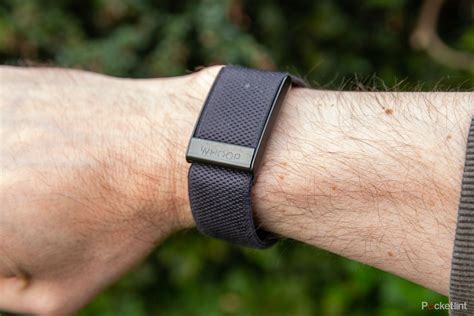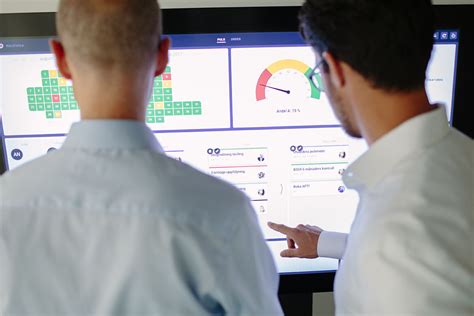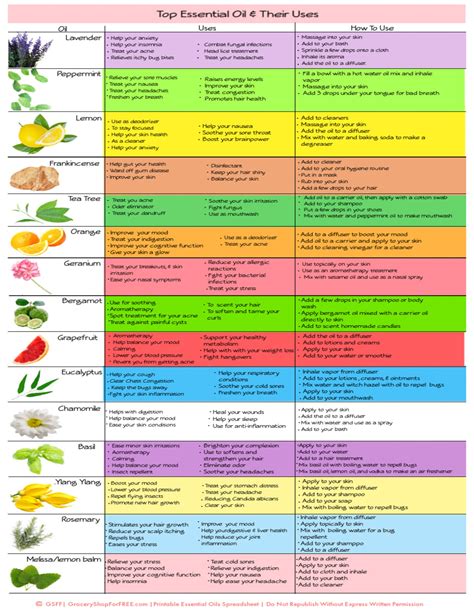Best smart wearable for tracking recovery & optimizing daily performance?

The Rise of Recovery-Focused Wearables
In the relentless pursuit of peak performance, whether in athletics, professional life, or general well-being, simply tracking activity isn’t enough. The real game-changer lies in understanding how your body recovers, adapts, and prepares for the next challenge. Smart wearables have evolved beyond mere step counters, now offering sophisticated insights into physiological markers critical for recovery and performance optimization. These devices leverage advanced sensors and algorithms to provide a holistic view of your body’s readiness, allowing for smarter training, better sleep, and more informed daily decisions.
The goal is simple: to help you avoid overtraining, manage stress effectively, and ensure your body is in the optimal state to perform at its best. But with a market saturated with options, which smart wearable truly stands out for its ability to track recovery and optimize daily performance?
Key Metrics for Performance & Recovery Tracking
To effectively track recovery and optimize performance, a smart wearable must monitor several crucial physiological metrics. Understanding these helps in discerning which device offers the most comprehensive and actionable data:
- Heart Rate Variability (HRV): A key indicator of autonomic nervous system balance, HRV reflects your body’s ability to adapt to stress and readiness for activity. Higher HRV generally signifies better recovery.
- Sleep Stages & Quality: Deep and REM sleep are vital for physical restoration and cognitive function. Tracking total sleep duration, efficiency, and time spent in different stages provides critical recovery insights.
- Resting Heart Rate (RHR): A consistently elevated RHR can be a sign of fatigue, illness, or overtraining. A lower, stable RHR often correlates with better cardiovascular health and recovery.
- Body Temperature: Fluctuations in baseline body temperature can indicate illness, hormonal changes, or recovery status, particularly relevant for women’s health and general well-being.
- Activity & Strain: Beyond basic steps, these wearables measure the physiological strain of your workouts and daily activities, helping balance effort with recovery needs.
- Stress Levels: Some devices estimate daily stress levels through HRV and other metrics, offering guidance on managing mental and physical stressors.

Top Contenders for Recovery & Performance Optimization
1. WHOOP Strap
The WHOOP Strap is arguably the most recovery-centric wearable on the market. It operates on a subscription model, offering continuous monitoring without a screen, designed to be worn 24/7. Its core focus is on three pillars: Strain, Recovery, and Sleep.
- Recovery Score: WHOOP calculates a daily recovery score based on HRV, RHR, and sleep performance, guiding you on whether to push hard or prioritize rest.
- Sleep Coaching: It tracks sleep stages with high accuracy and provides personalized sleep recommendations based on your daily strain and desired recovery.
- Strain Coaching: WHOOP measures your physiological exertion throughout the day and during workouts, helping you understand how much stress you’re putting on your body.
Its deep dive into physiological data makes it a favorite among elite athletes and serious fitness enthusiasts.

2. Oura Ring
The Oura Ring offers a discreet, comfortable alternative to wrist-based wearables, packing advanced sensors into a sleek ring design. It excels particularly in sleep tracking and readiness assessment.
- Readiness Score: Similar to WHOOP’s recovery, Oura provides a daily ‘Readiness Score’ based on sleep quality, HRV, RHR, body temperature, and activity levels.
- Advanced Sleep Analysis: Renowned for its accurate sleep stage tracking, Oura provides detailed insights into sleep efficiency, latency, and consistency.
- Body Temperature Sensing: Its ability to track subtle body temperature changes offers unique insights into illness, menstrual cycles, and overall physiological stress.
The Oura Ring is ideal for those who prioritize sleep insights and prefer a less intrusive wearable experience.

3. Garmin & Apple Watch (Advanced Models)
While known for broader fitness and smartwatch features, advanced models from Garmin (e.g., Fenix, Forerunner series) and Apple Watch (Ultra, Series 9) have significantly ramped up their recovery and performance tracking capabilities.
- Garmin’s Body Battery & Training Status: Garmin devices use HRV and activity data to estimate your ‘Body Battery’ (energy levels) and provide ‘Training Status’ insights, indicating whether you’re productive, peaking, or overreaching.
- Apple Watch’s Advanced Health Sensors: With precise heart rate tracking, blood oxygen, and skin temperature sensors, Apple Watch offers robust sleep tracking, cycle tracking, and insights into overall wellness trends. Third-party apps further enhance its recovery capabilities.
These devices offer a more integrated experience, blending daily life utility with serious health and fitness tracking.
Choosing the Right Wearable for You
Selecting the best wearable depends on your specific needs and preferences:
- Accuracy: For critical data like HRV and sleep stages, invest in devices known for their sensor accuracy.
- Comfort & Aesthetics: If you plan to wear it 24/7, comfort and design are paramount.
- Battery Life: Longer battery life means less charging and more consistent data.
- Data Interpretation: Does the app provide clear, actionable insights, or just raw data?
- Specific Goals: Are you primarily focused on athletic performance, stress management, sleep improvement, or overall health?
- Cost & Subscription: Factor in the initial device cost and any recurring subscription fees.

Maximizing Your Wearable’s Data for Daily Performance
Owning a smart wearable is just the first step. To truly optimize your daily performance, you must actively engage with the data it provides:
- Consistency is Key: Wear your device continuously, especially overnight, for the most accurate and trend-based data.
- Understand Your Trends: Don’t obsess over single data points. Look for patterns and how different metrics correlate over time.
- Listen to Your Body: Use the wearable’s data as guidance, not gospel. Combine it with your own subjective feelings.
- Make Adjustments: If your recovery score is low, adjust your training intensity, prioritize sleep, or focus on stress-reducing activities.
- Educate Yourself: Learn about the metrics being tracked (e.g., what a low HRV might signify for you) to better interpret the insights.
The Future of Performance Optimization Tech
The landscape of smart wearables is continuously evolving. We can anticipate even greater accuracy, more sophisticated predictive analytics, personalized coaching driven by AI, and seamless integration with other health platforms. Future devices may offer real-time biofeedback for stress management or more precise nutrient timing recommendations based on individual metabolic responses. The trend is towards hyper-personalized health and performance management.
Conclusion
For individuals serious about tracking recovery and optimizing daily performance, smart wearables like the WHOOP Strap, Oura Ring, and advanced Garmin/Apple Watch models offer unparalleled insights. By monitoring key metrics such as HRV, sleep quality, and physiological strain, these devices empower you to make data-driven decisions that enhance your training, improve your sleep, and manage stress more effectively. Choosing the right one comes down to your priorities in accuracy, comfort, and the depth of insights provided, but all offer a powerful tool in the quest for peak personal performance.







